This article is for copywriters and copy editors alike. It examines the importance of style guides in writing, what they are, and how they’re used.
We cover popular English style guides on both sides of the Atlantic, including the Chicago Manual of Style, the Associated Press Style Guide, the Oxford Style Manual, and the BBC Style Guide.
In this article you will learn about:
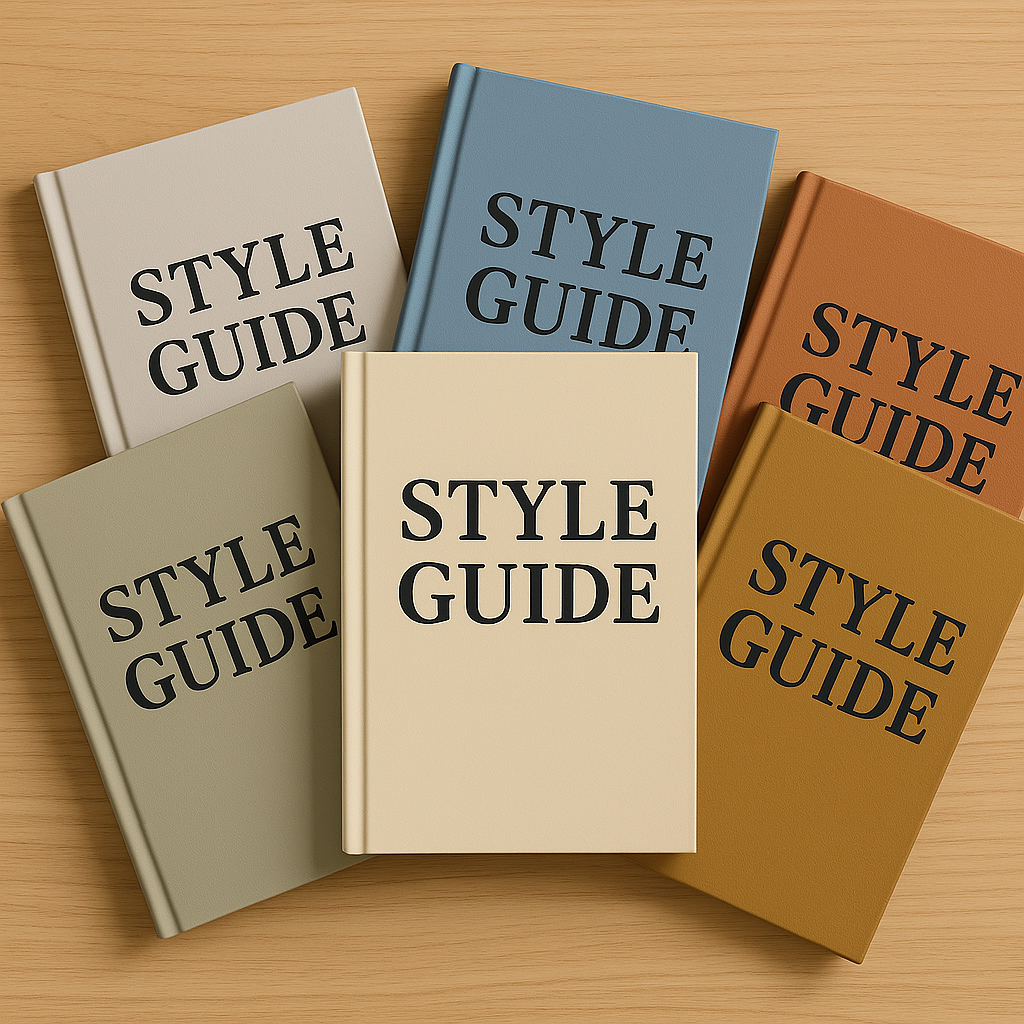
- The Importance of Style Guides
- The Chicago Manual of Style
- The Associated Press Style Guide
- The MLA Handbook
- The Oxford Style Manual
- The Cambridge Guide To English Use
- The BBC News Style Guide
- The Economist Style Guide
- The Guardian Style Guide
Copyediting & Style Guides
As a copywriter or copyeditor, you should have a good grounding in style, what style guides are and why they matter.
As a writer, the style guide or manual you use most will vary depending on your location and that of your customers.
Although US English is predominant in the internet age, the more conventional form of UK English remains in widespread use throughout the world, particularly in Europe.
Spelling and phrasing often differs depending on which side of the Atlantic you’re on. Understanding this gains you conversions, failure costs you credibility.
One more reason to have an appropriate style guide as a reference point to help you best connect with your audience.
American English Style Guides
While the English language consists of multiple global variants, they largely follow either US English and British/UK English conventions.
Therefore English language style guides can largely be split on trans-Atlantic lines.
To start, we’re going to look at the most prevalent American English style guides, including the two best known examples, the Chicago Manual of Style and the AP Style Guide.
The Chicago Manual Of Style
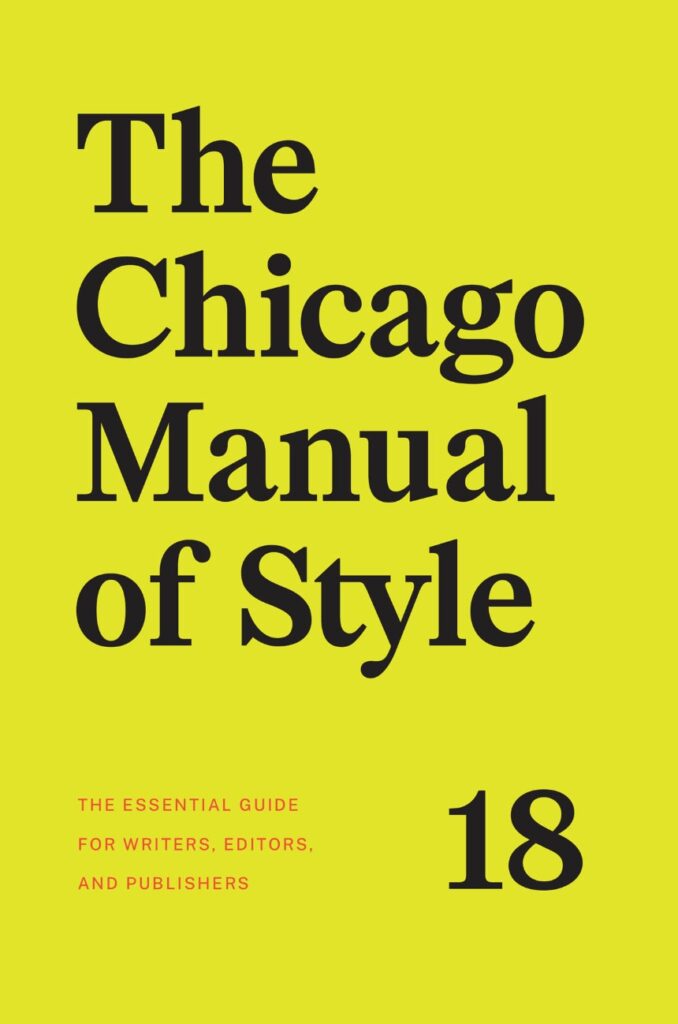
The Chicago Manual of Style (CMOS), also referred to as the Chicago Style Guide, is one of most referenced style guides in the world.
The CMOS has enjoyed this privilege for over a century, with the University of Chicago Press printing the first edition in 1906.
Although the manual focuses on US English, its use extends beyond North America, particularly in academic circles, helping to ensure its enduring relevance.
For this reason, I recommend familiarising yourself with the Chicago Manual of Style even if you’re not a US-based copywriter.
The Associated Press Style Guide

Another publication with a long, storied history is the Associated Press Style Guide, often abbreviated to the AP Style Guide.
Like the CMOS, it is one of the most widely used and referenced style guides in the world.
The Associated Press is a New York-based the press organisation.
It was founded in 1846 and the AP Style Guide’s origins date back to the beginning of the 20th century. Initially, the document was for internal use and unavailable to the public until 1953.
Once published, it quickly became the style bible of choice for writers and businesses alike – gaining considerable traction in the publishing, PR and copywriting industries.
Today the guide is available in both online and print editions, a must-have for writers and journalists alike.
As with the Chicago Manual of Style, this is a US English style guide with global adoption.
And, like the CMOS, gaining a working knowledge of AP Style will make you a more versatile writer.
AP Style continues to have a profound influence on news publications throughout the world who adopt and its conventions into their own in-house style guides.
As a freelance writer you may have already encountered jobs that require familiarity with “AP Style” or writing briefs referring you to use the “AP Stylebook” when editing.
The MLA Handbook
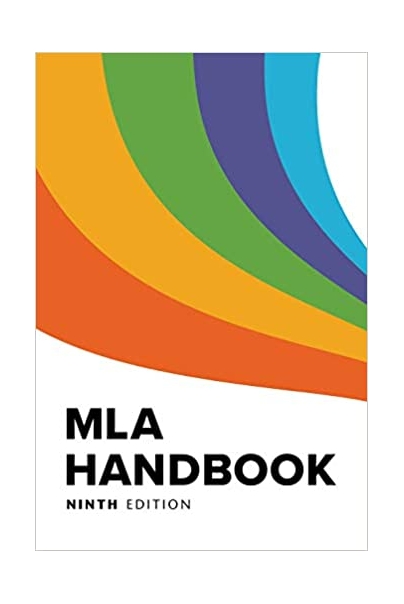
The MLA Handbook, or MLA Style Manual, is an academic style guide published by the Modern Language Association of America.
As an American publication it is US English-focussed and, unlike both the Chicago Manual of Style and the AP Style Guide, is not as widely used outside the US.
If, however, the nature of your work intersects with publishing and academia, having a basic familiarity with the MLA Handbook is advisable.
British Style Guides
Now, I’m not British (far from it 🇮🇪) but I do have a strong preference for UK English.
Sure, I’ve written countless articles for the US market but I always feel the need for a prolonged shower afterwards.
“The color gray” – eewwww!
Always remember, however, there is no such thing as one-size-fits-all localisation.
I’ve seen this happen countless times. Hapless Brits oblivious to how stuffy and pretentious their product brochures appear to American eyes.
North American companies with and trusted sales scripts incredulous as UK sales remain flat.
Anything ot declare – yeah don’t goto england
The key difference between both regions in this case is the varying level of formality.
What the British view as politeness often comes across as patronising to Americans.
Conversely, because UK business communication is more formalised, American copy often comes across as tacky, overly familiar – too unprofessional.
If you are looking to crack the British market, gaining familiarity with UK writing conventions is vital.
And the best place to start is with an industry standard UK English style guide.
The Oxford Style Manual
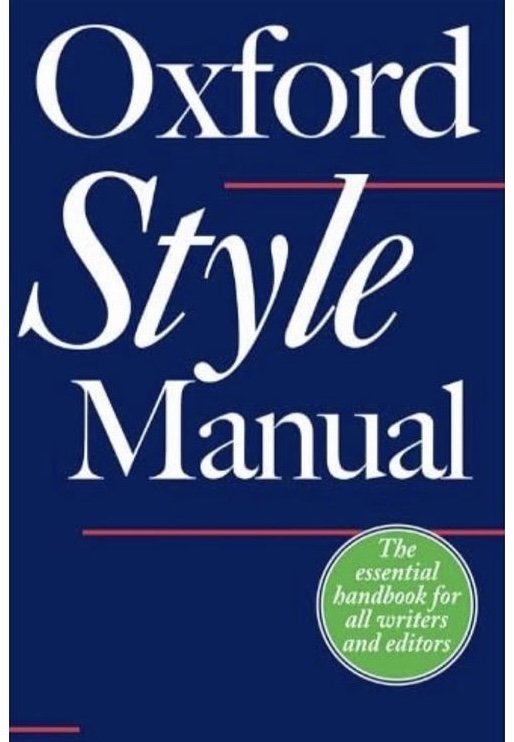
The Oxford Style Manual, also known as either the University of Oxford Style Guide or Hart’s Rules, is a British English style guide published by the Oxford University Press.
The Oxford Style Manual has a long history, much like the venerable university from which it takes its name.
First published in 1893, it enjoys widespread use both in its native Britain and around the world, particularly in academic circles.
As the Anglophiles among you have already surmised, however, this publication does have some competition…
The Cambridge Guide to English Usage
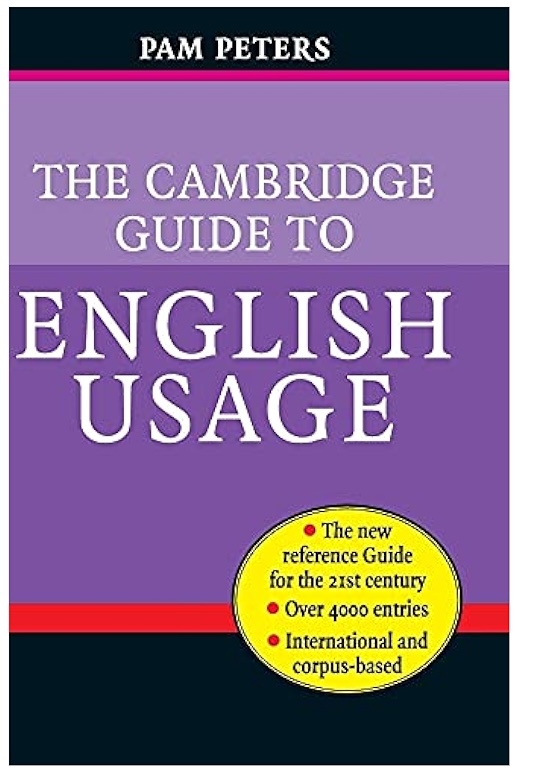
While I don’t want to stick my oars in (pun intended) I should point out that The Cambridge Guide to English Usage differs from other items on this list for two reasons.
Firstly, it’s more of a guidebook than a style guide and second, unlike the other publications on this list, it covers all major English language variants.
This not only includes British and US English, but also Australian and Canadian English, making it a handy reference guide for copywriters everywhere.
BBC News Style Guide

Onto another famous British institution, “The Beeb”.
Founded in 1922, the BBC (British Broadcasting Corporation) has two primary mandates.
As the UK’s public broadcaster, its domestic mandate is to inform, educate and entertain, while aiming for journalistic impartiality.
As a cultural institution broadcast internationally, the organisation projects British soft power around the world through services such as the BBC World Service and BBC News.
As its name suggests, the BBC News Style Guide is a UK English style guide used by BBC News.
Grammar and punctuation are covered in detail but the publication’s primary focus is on form, emphasising the use of clear, accurate and impartial language.
A must-read for anyone publishing lifestyle, culture or current affairs content for a UK audience.
The Economist Style Guide
Next on our list is The Economist (a news publication).
The Economist is another British institution. It first hit the shelves in 1843 and continues to enjoy a global readership today.

As readers of the publication already know, it puts an emphasis on fact-based journalism while retaining a unique tone and personality.
Though the Economist has a clear preference towards free market economics and centrist politics, the Economist Style Guide emphasises clarity, accuracy and unbiased language much like its BBC counterpart.
It also puts notable emphasis on improperly used terms, overused words, narrative cliches and stereotypical phases.
There is no online version at present but the print version is available from online retailers including Amazon (a tech company.)
Classic Economist style guide humour there!
The Guardian Style Guide

The Guardian Style Guide is another noteworthy and influential style guide.
As previous, its publisher, The Guardian, is a popular British news publication known for its investigative journalism and with a wide-reaching global audience.
As a left-leaning publication, The Guardian Style Guide prioritises modern vernacular rather than older English language conventions. It’s also a strong advocate for impartial and inclusive language.
Conclusion
Style guides promote clarity, accuracy and adherence to language conventions.
Their usage helps ensure your writing is as clear, unambiguous and professional as possible.
The examples listed is this article remain the most commonly used and best regarded style guides in current use.
Other specialist guides exist for multiple sectors, including legal, medical and technical style guides.
Unless otherwise specified by your boss or client, however, writers should narrow their focus to industry standard style guides.
For most of you, The Chicago Manual of Style and the Associated Press Style Guide will be your main two points of reference.
For British English users, meanwhile, the Oxford Style Guide should be your main focus, while also gaining familiarity with the conventions of news guides, such as those of The Guardian, The Economist and The BBC.

